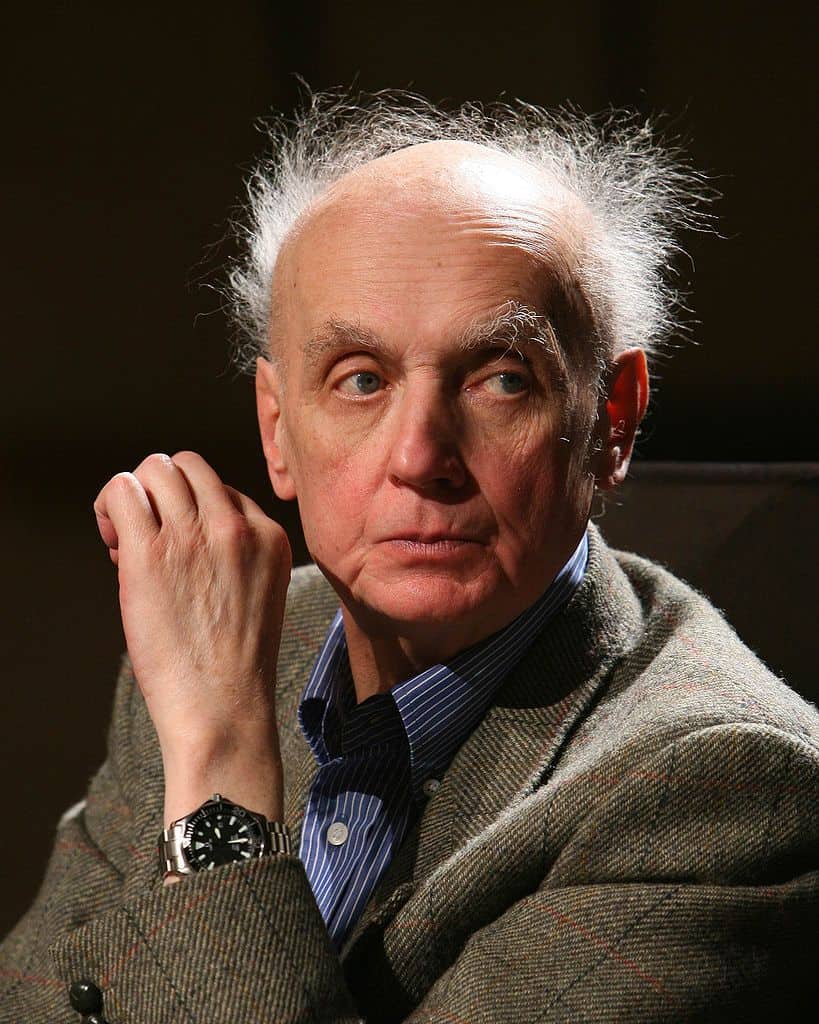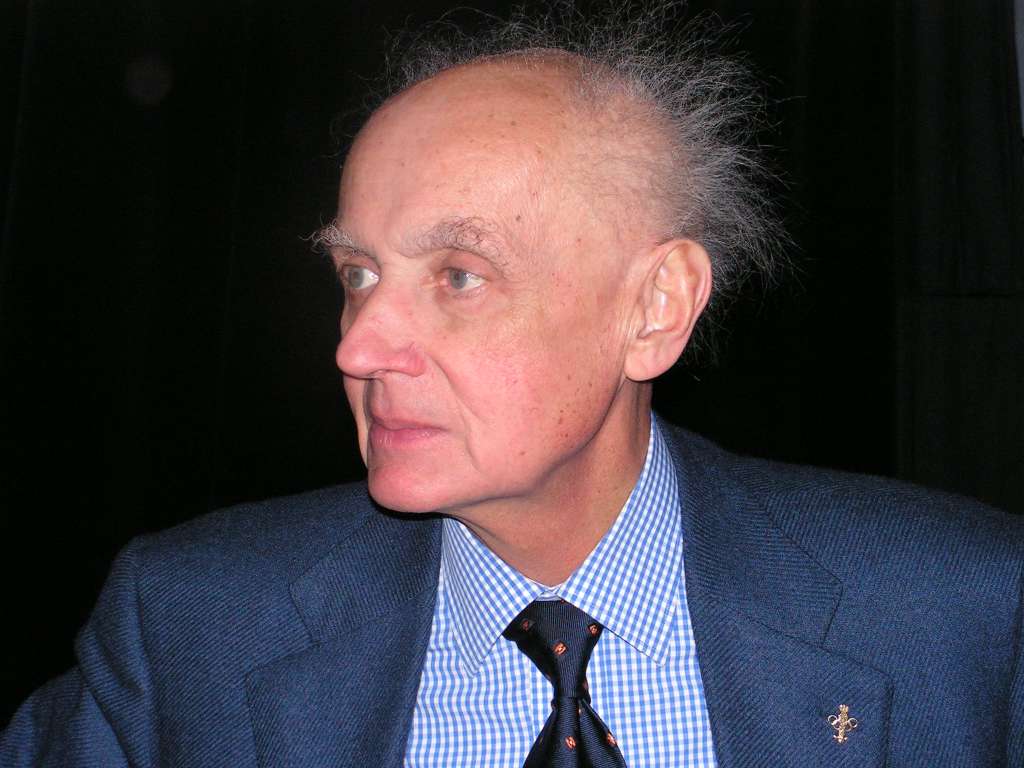Wojciech Kilar (1932-2013) was born in Lwow (then Poland, now Ukraine), and spent most of his life in the city of Katowice. His initial studies were with Maria Bilińska-Riegerowa (piano) and Artur Malawski (harmony). Through a French government scholarship in 1959, Kilar moved to Paris to study composition under the notable pedagogue Nadia Boulanger.
Kilar was a prolific composer for both the cinema and the concert hall, and achieved critical acclaim in each genre. As a cinema composer, Kilar wrote music for more than 100 movies, most notably Francis Ford Coppola’s Dracula (1992) which he received the ASCAP Award 1992 from the American Society of Composers, Authors, and Producers in Los Angeles, along with the prize for best score in a horror film in San Francisco in 1992. Other notable film work includes Jane Campion’s The Portrait of a Lady (1996), and three films directed by Roman Polanski—Death and the Maiden (1994), The Ninth Gate (1999), and The Pianist (2002).
For the concert hall, Kilar wrote over 30 individual works, including 5 symphonies, 2 piano concertos, and a variety of choral and chamber works.

We are going to focus on Kilar’s Piano Concerto No. 1 (1996), an absolute gem of a work. Stylistically, Kilar’s musical language might be described as rhythmic, minimalist, and theatrical (a natural for film work). After abandoning his avant-garde musical style from the 1960’s, KIlar began to employ a more simplified musical language, in which sizable and dense masses of sound, often involving basses and cellos, serve as a backdrop for highlighting romantically classical melodies. Perhaps a combination of Gorecki, Part and Glass?
The work itself is unconventional in structure, opening with a slow and mellow Andante movement that’s almost trance inducing with its serene, repetitive motifs. A buildup of thickening sound and additional layers is brief, and the first movement closes as quietly as it began.
The middle movement centers around a solemn chorale introduced by the soloist at the opening, and uses melodic material drawn from Roman Catholic liturgy from as far back as medieval times. The movement eventually builds to an intense crescendo at the end, which sets the stage for one of the most energetic and intense piano concerto finales ever written.
The 3rd and final movement Toccata is a rhythmic missile which maintains its frenzily controlled energy from start to finish, barely giving either orchestra or soloist a chance to breathe until it finally explodes. This is Philip Glass spiked with 2 parts Sergei Prokofiev and Alberto Ginastera.
At the time of writing, there are currently 4 available commercial recordings of Kilar’s Piano Concerto No. 1 (1996), all excellent in their own subtle ways. Kilar dedicated the work to Swedish pianist Peter Jablonski, who recorded it with the Polish National Radio Symphony Orchestra on the Koch label, and this is my preferred offering of this rarely heard gem.
Now we just need a commercial recording of Wojciech Kilar’s Piano Concerto No. 2!
Full recording of Kilar’s Piano Concerto No. 1 (1996):
